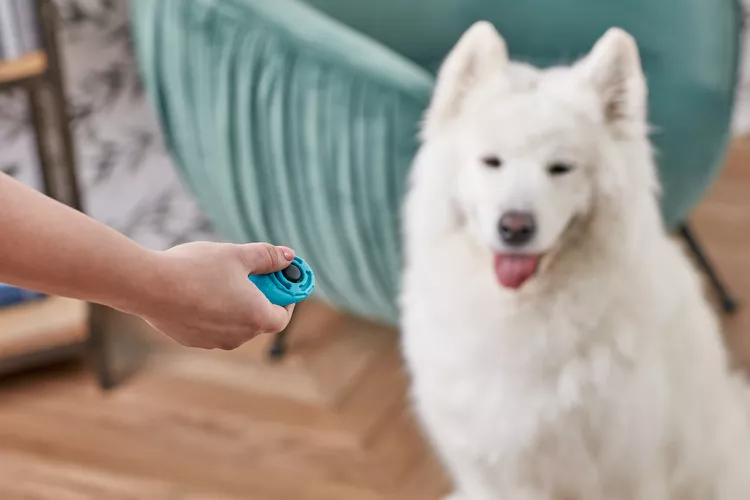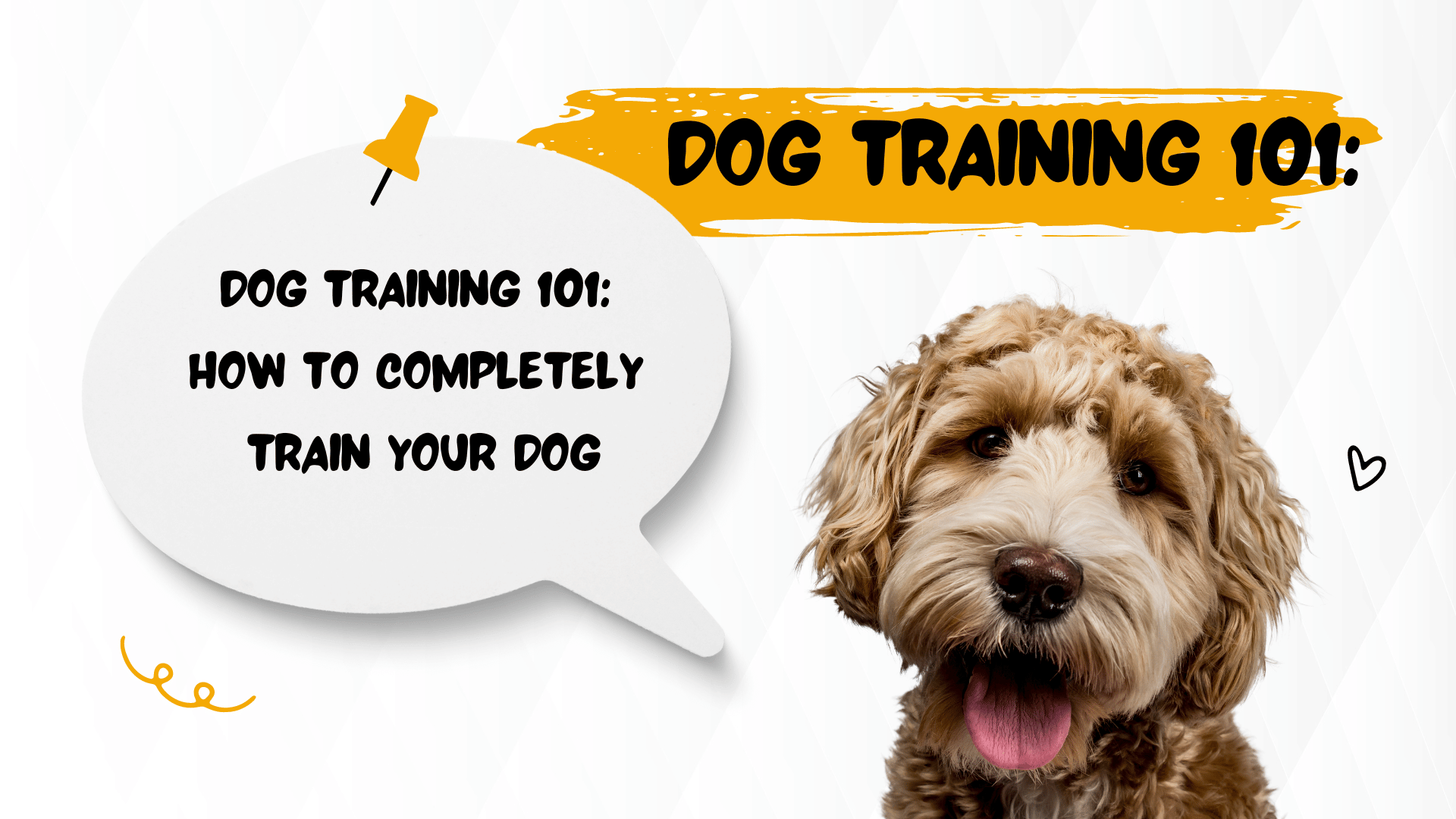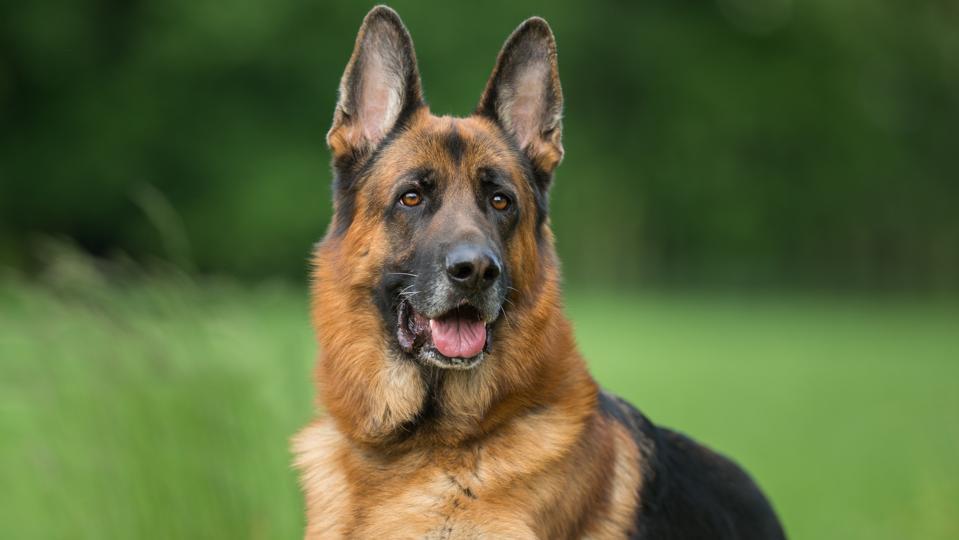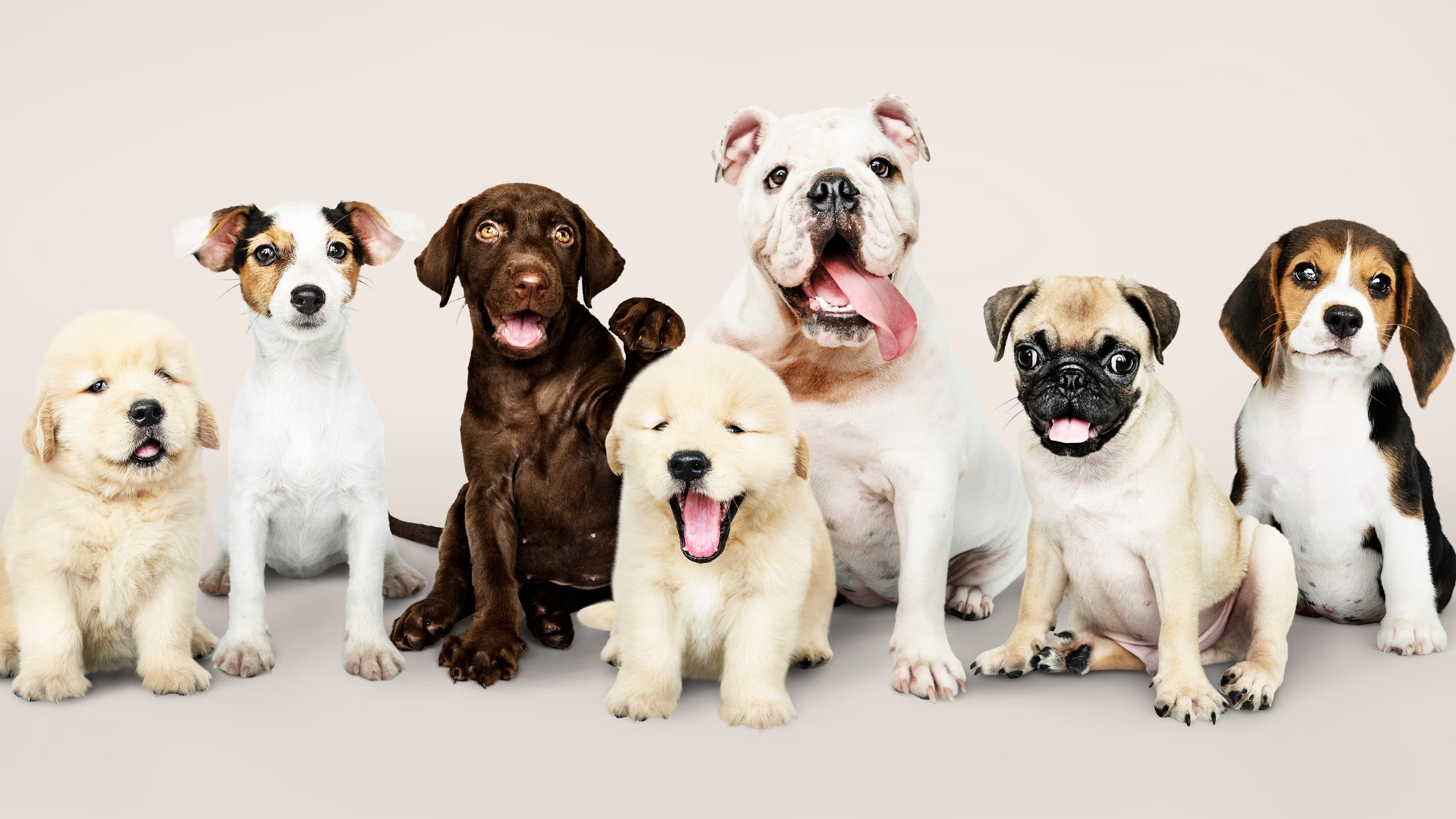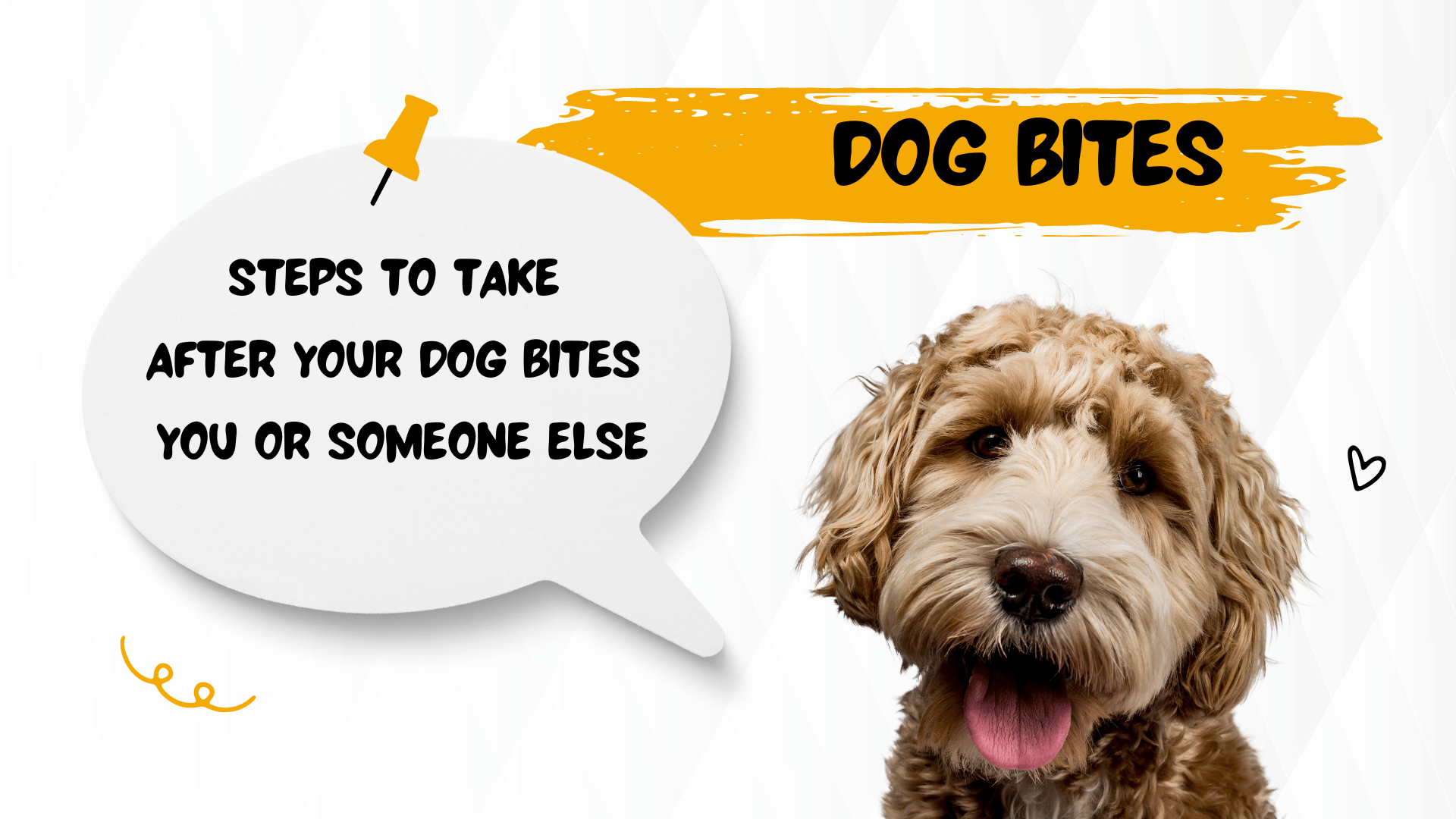Clicker training is an effective and positive reinforcement-based method for teaching dogs various commands and tricks. This approach involves using a small handheld device that makes a distinct clicking sound to mark desired behaviors during training sessions. By associating the sound of the clicker with a reward, such as treats or praise, you can encourage your dog to repeat the behavior. Here’s a comprehensive guide to getting started with clicker training and effectively utilising this technique to enhance your dog’s learning experience.
Understanding the Basics of Clicker Training
Before diving into the training itself, it’s essential to grasp the concept behind clicker training. At its core, this method is built on operant conditioning, which is a learning process that occurs through rewards and punishments. In clicker training, the clicker functions as a precise marker that lets your dog know exactly when they have performed a desired action correctly. This specificity helps your dog understand which behavior is being rewarded more effectively than verbal cues alone.
What You Need to Get Started
To begin your clicker training journey, gather the following items:
- A Clicker: Choose a sound that is clear and distinguishable. Some clickers come with adjustable volumes or different sound options, but any standard clicker will work well.
- High-Value Treats: Select small treats that your dog finds especially motivating. These can include pieces of cooked chicken, cheese, or special store-bought dog treats.
- A Training Space: Find a quiet, distraction-free environment to conduct your training sessions, especially when you’re just starting.
Getting Your Dog Used to the Clicker
Before you can start training commands, it’s crucial to condition your dog to associate the clicker sound with a treat. This process is known as “charging the clicker”:
- Start Clicking and Treating: Sit with your dog, hold the clicker in one hand, and a treat in the other. Click the clicker and immediately give your dog a treat. Repeat this several times until your dog starts to look for a treat when they hear the click.
- Observe Their Reaction: Some dogs may catch on quickly, while others might take a bit longer. Be patient and keep the sessions short and positive to retain their interest.
Teaching Basic Commands
Once your dog has learned to associate the clicker with a reward, you can start teaching basic commands. Here are a few foundational commands to consider:
Sit
- Get Your Dog’s Attention: Stand in front of your dog and hold a treat close to their nose.
- Raise the Treat: Slowly move your hand upward, allowing your dog to follow the treat with their nose. As their head goes up, their bottom should lower.
- Click and Reward: As soon as their bottom touches the ground, click the clicker and give them the treat. Repeat this until your dog consistently sits on command.
Down
- Start in a Sit Position: Begin with your dog in a sitting position.
- Lure Them Down: Hold a treat and move it towards the ground. Your dog should lower their head to follow the treat, eventually lying down.
- Click and Reward: Click the moment they lie down and provide the treat. Repeat until they understand the command.
Stay
- Get Your Dog to Sit or Lie Down: Begin with your dog in a sit or down position.
- Introduce the Command: With a treat in hand, say “Stay” and take a step back. If they remain in position, click and reward.
- Gradually Increase Distance: As they become consistent, gradually increase the distance and duration before clicking and rewarding. Always return to your dog to give them the treat, as this reinforces the stay command.
Adding More Complex Commands
Once your dog has mastered the basics, you can introduce more complex commands or tricks. Here are a couple of ideas:
Come
- Start Inside: Begin training in a safe, enclosed area where your dog can focus.
- Use a Long Line: Attach a long leash so you can gently guide your dog if necessary for safety.
- Call Them: Step back a few paces and call your dog’s name followed by the command “Come.” When they come toward you, click and reward them.
Shake Hands
- Sit Command: Get your dog into a sitting position.
- Encourage Paw Movement: Hold a treat in your closed fist near their paw. They will likely paw at your hand trying to get the treat.
- Click and Reward: As soon as your dog’s paw touches your hand, click and reward. Eventually, pair the action with the command “Shake.”
The Importance of Practice and Consistency
Practicing regularly is key to effectively clicker training your dog. Short, frequent sessions (five to ten minutes) tend to work best. Always end on a positive note; if your dog seems tired or frustrated, wrap up the training session, even if you haven’t covered everything you intended.
Use Consistent Cues
Be consistent with your verbal commands and hand signals. This consistency is vital as different cues can confuse your dog. Always use the same word and tone for each command, allowing your dog to make the connection between the cue and the expected behavior.
Troubleshooting Common Challenges
Lack of Interest in Treats
If your dog seems disinterested during training, it might be time to switch up your treats. Try different types or use higher-value treats to motivate them more effectively. Additionally, consider the timing of the treat; if your dog is less hungry at training time, they may not perform as well.
Overexcitement
Some dogs can become overly excited during training, making it difficult for them to focus. If this happens, take a break, allow them to calm down, and then return to training in a quieter space.
Inconsistent Responses
If your dog is not responding as expected, revisit the basics. Sometimes going back to foundational commands can reignite motivation and understanding.
Encouraging Good Behavior in Daily Life
Incorporating clicker training into your dog’s daily routine can have a significant impact on their overall behavior. Reinforcing good behaviors as they occur naturally can help strengthen your dog’s learning:
- Reward Calmness: When your dog is lying quietly or not jumping, use the clicker to mark that behavior and reward them.
- Practice at Home: Integrate commands into everyday activities, such as asking your dog to sit before feeding or come when called during walks.
Building a Strong Bond
Clicker training is not only about teaching commands; it also serves to build a strong bond between you and your dog. The time spent together reinforces trust and communication. Your dog will learn to look to you for guidance and direction, improving their overall responsiveness to your cues.
Conclusion
Clicker training can be an enjoyable and rewarding experience for both you and your dog, offering an effective way to teach commands and foster good behavior. By utilizing positive reinforcement and maintaining consistent practices, you can create a strong foundation for communication and trust. Remember to keep training sessions short, positive, and filled
